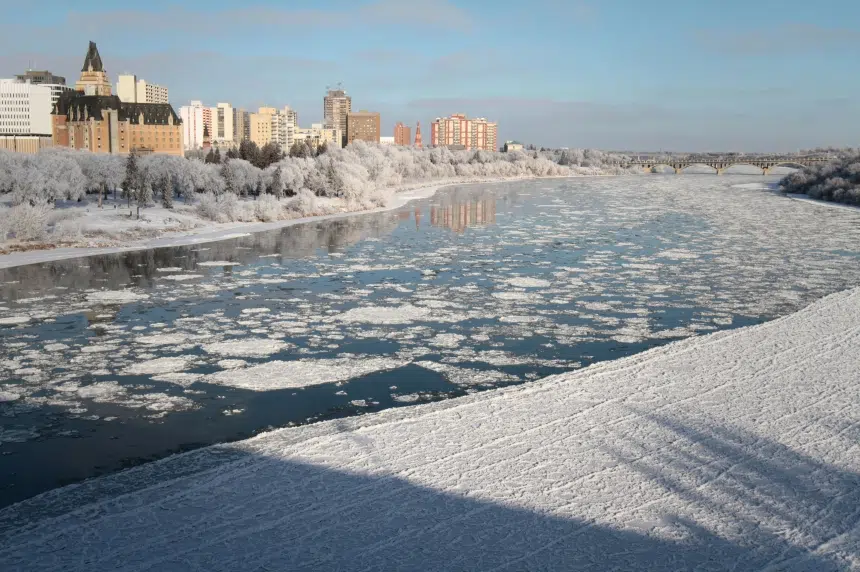With winter temperatures upon us, many people will be heading out onto frozen lakes to walk, drive, snowmobile or fish.
Before heading out onto the ice, it’s important to ensure that it’s safe, says Saskatchewan’s Water Security Agency (WSA).
“We recommend checking ice thickness each and every time you venture on our provincial waters to ensure you are safe this winter,” Jeremy Cockrill, the minister responsible for the WSA, said in a statement.
According to the WSA, ice thickness can be deceptive and unpredictable, as it’s not always the same across an entire body of water. The strength of the ice can also vary considerably.
“As a guideline,” the WSA said, “you need at least 10cm (four inches) of ice to walk on, 20cm (eight inches) to drive a snowmobile or ATV on, 30cm (12 inches) to drive a car or light truck on, and more than 30cm (12 inches) to support a heavy truck.”
Thickness is not the only factor in determining whether or not ice is safe to travel on, the WSA cautioned, noting that “clear, hard ice is the only ice recommended for travel.”
Ice conditions should always be evaluated before heading out onto a frozen surface, the WSA said, as conditions can change rapidly. Past experience in the same area should not be relied on, the agency noted.
Any ice that looks slushy should be avoided, the WSA said, as should ice that has thawed and refrozen, ice that is near moving water, ice that is layered due to sudden temperature changes, and ice that has structures on it, such as pressure ridges.







